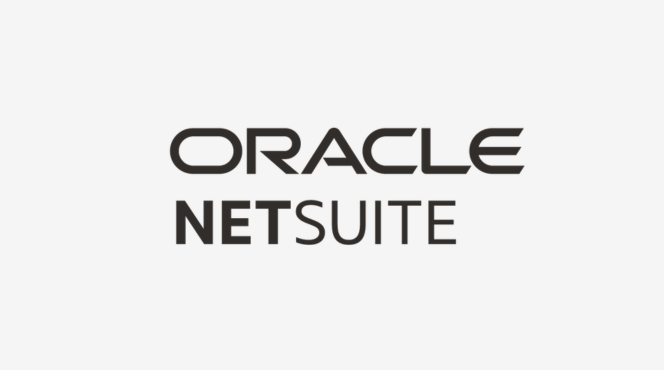NetSuite provides non-profit organizations with tools to manage finances, track donors, and streamline operations, all within a unified system. Here’s how to get started:
Step 1: Set Up Fund Accounting
- Go to Setup > Accounting > Manage Chart of Accounts to configure accounts for different funds or programs.
- Use Segments to track financial activities by grants, departments, or locations.
- Enable Budgeting to manage and allocate funds effectively.
Step 2: Configure Donor Management
- Navigate to Lists > Relationships > Customers and classify donors as customers for recordkeeping.
- Use Customer Categories to group donors (e.g., Individual, Corporate, Foundation).
- Track donation history and engagement activities within donor records.
Step 3: Manage Grants and Programs
- Set up grants as projects under Lists > Relationships > Projects.
- Allocate expenses and resources to each grant or program for accurate reporting.
- Monitor progress using Project Tracking and ensure compliance with grant requirements.
Step 4: Streamline Fundraising Campaigns
- Use the Marketing module to create and track fundraising campaigns.
- Navigate to Lists > Marketing > Campaigns to set up donor outreach initiatives.
- Measure campaign performance, such as email open rates and donation conversions.
Step 5: Track In-Kind Contributions
- Record non-cash donations as journal entries under Transactions > Financial > Make Journal Entries.
- Use custom fields to categorize and value in-kind contributions for audits.
Step 6: Generate Compliance and Impact Reports
- Run financial reports, such as Statement of Financial Position and Statement of Activities, under Reports > Financial.
- Create custom impact reports to show donors how funds are utilized for programs.
Step 7: Automate Recurring Transactions
- Navigate to Transactions > Financial > Recurring Transactions to automate processes like recurring donations or grant disbursements.
- Set intervals and approval workflows to minimize manual work.
Step 8: Leverage Role-Based Dashboards
- Customize dashboards for roles such as finance, development, and program management.
- Add KPIs for donor retention, funds raised, and program costs to track organizational performance.
By utilizing NetSuite’s features tailored for non-profits, organizations can enhance transparency, optimize operations, and focus more on their mission. Regular system audits and employee training will maximize the value NetSuite provides to your organization.
